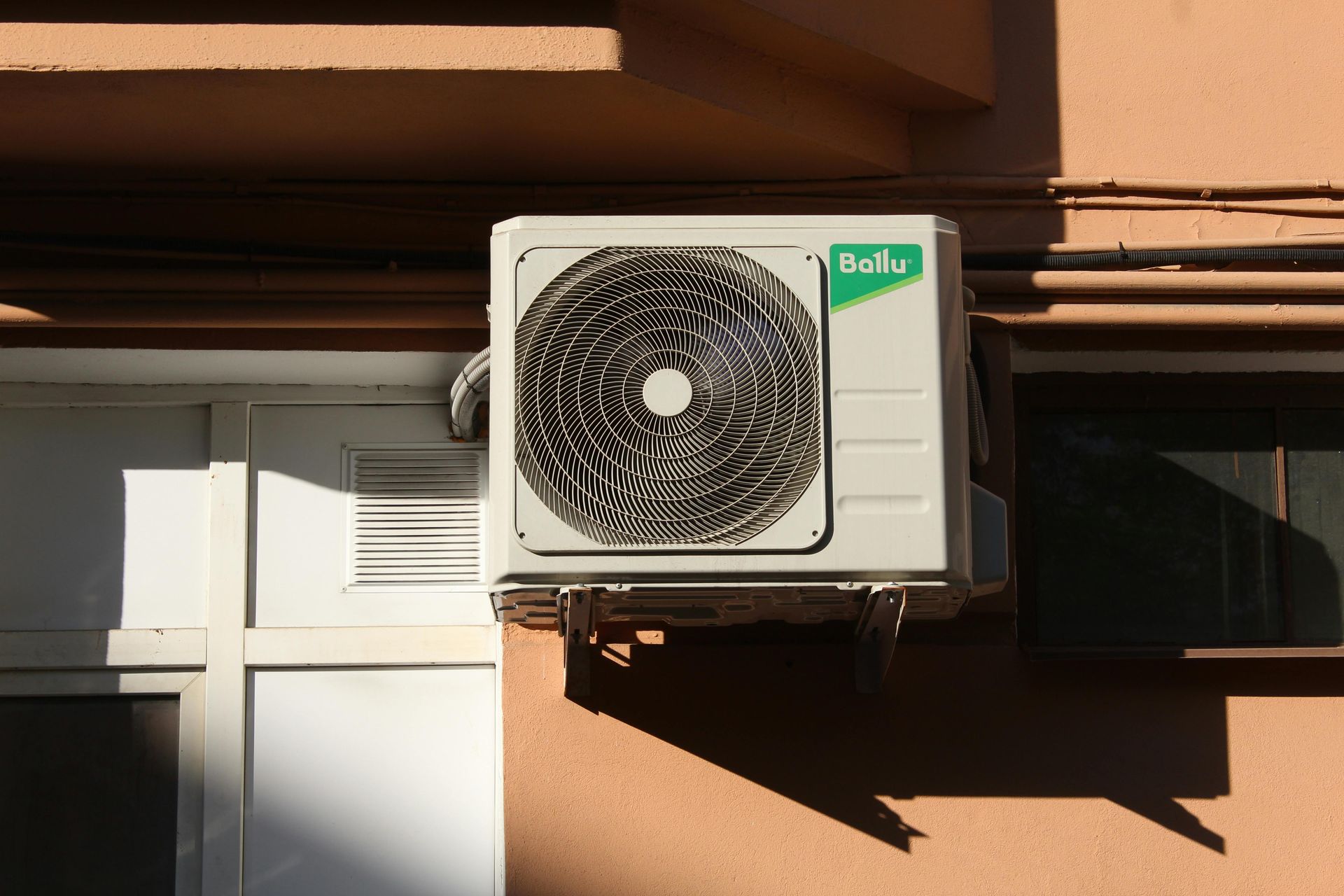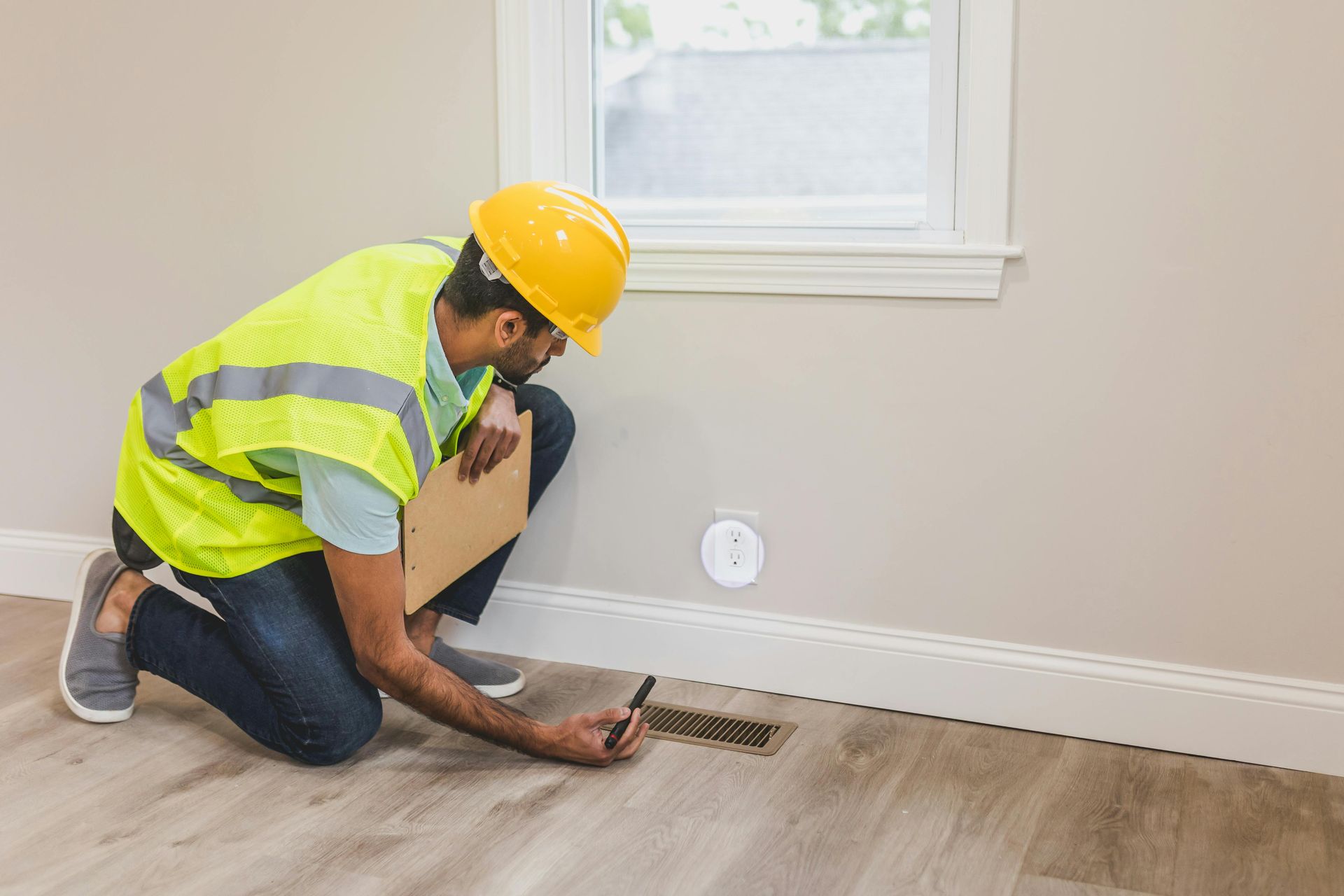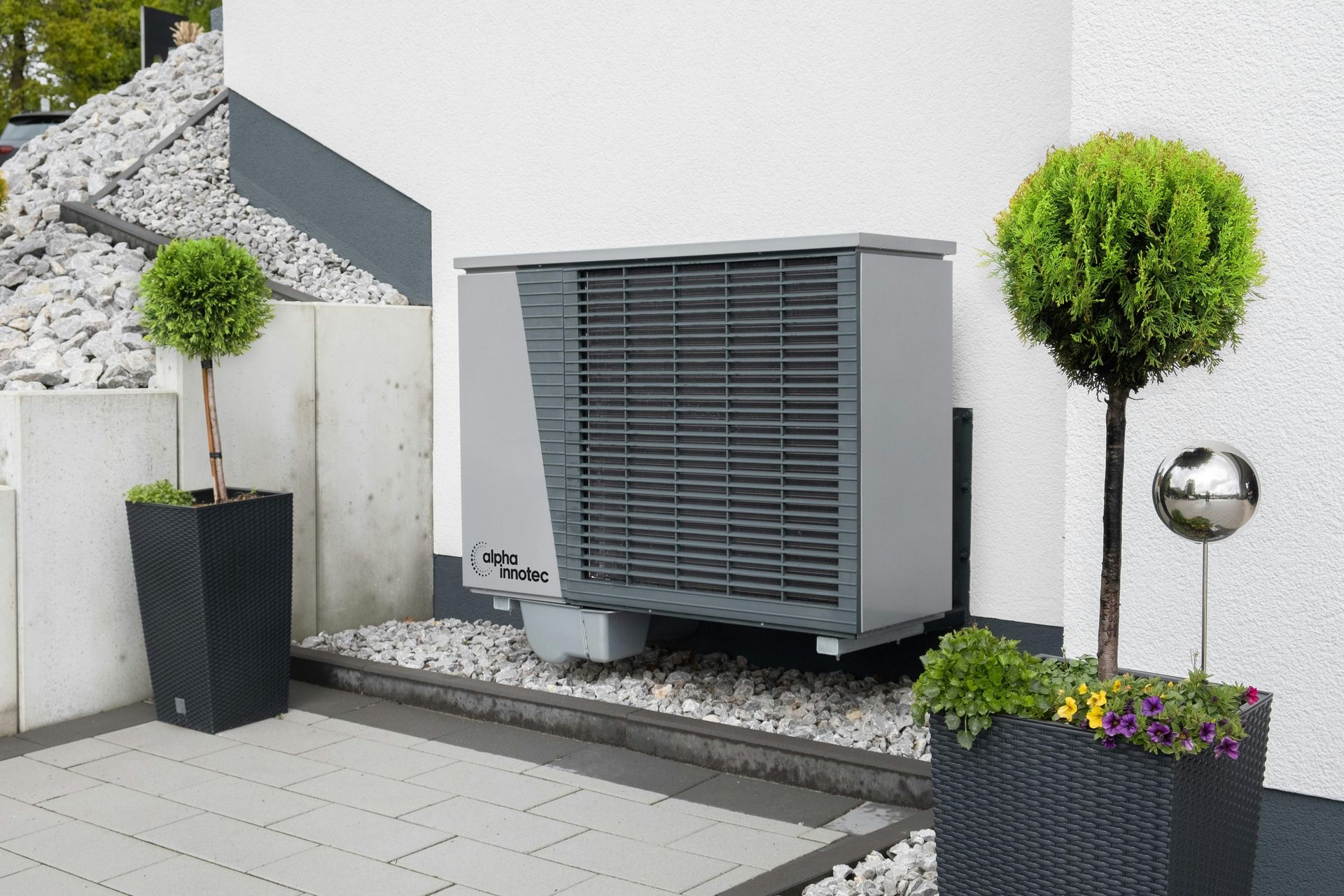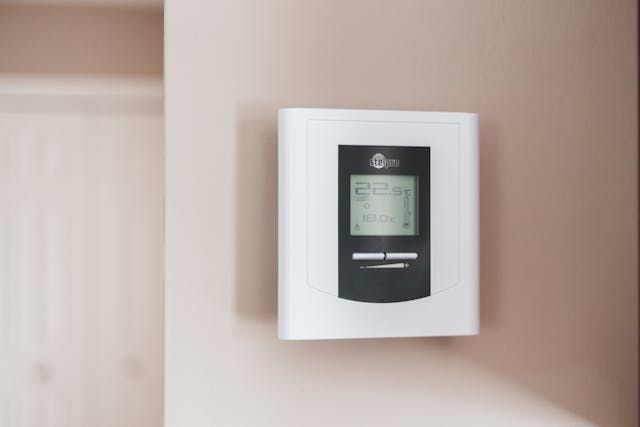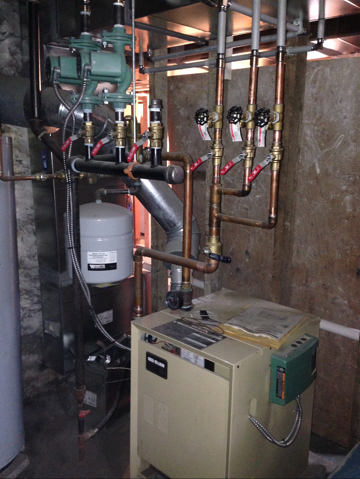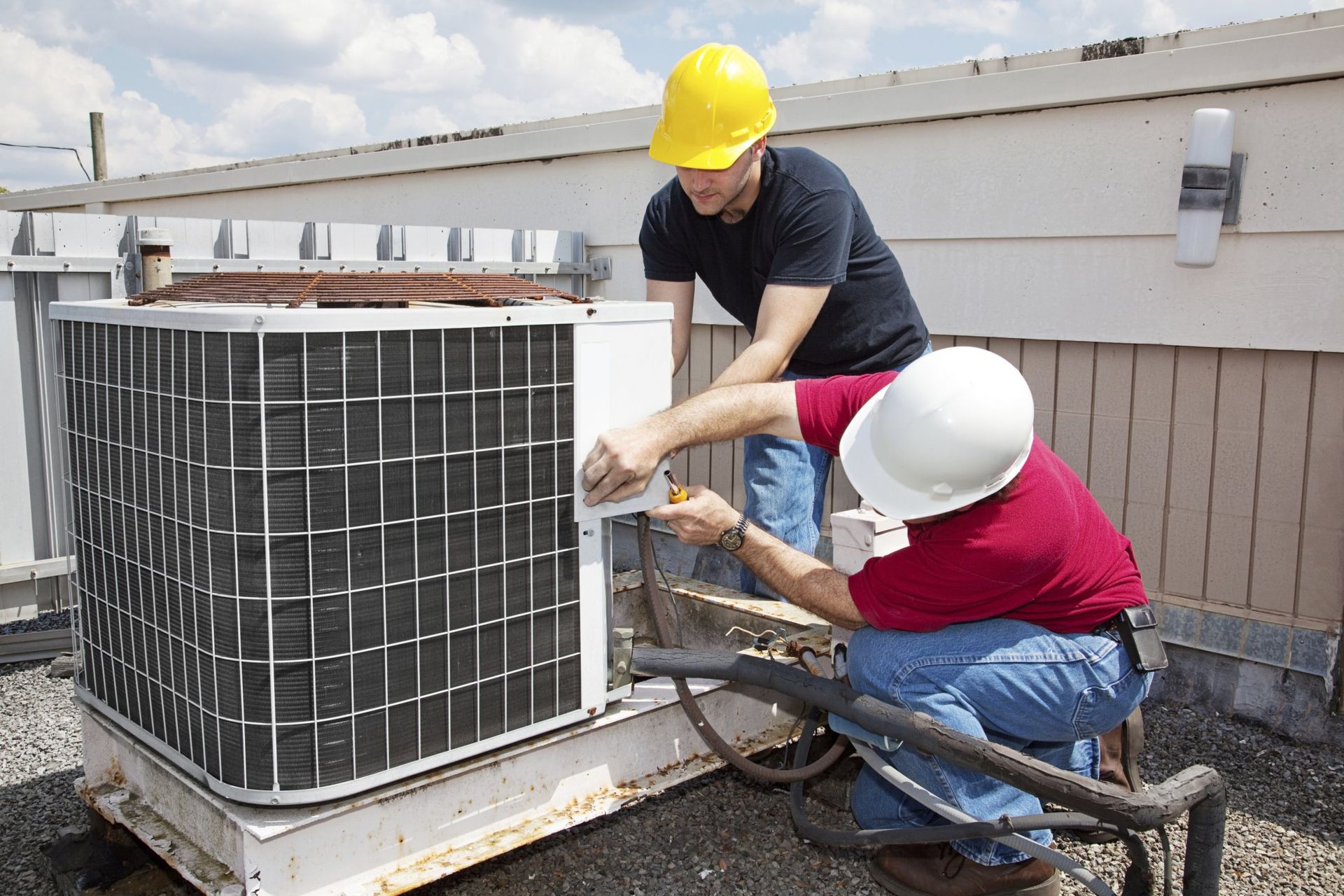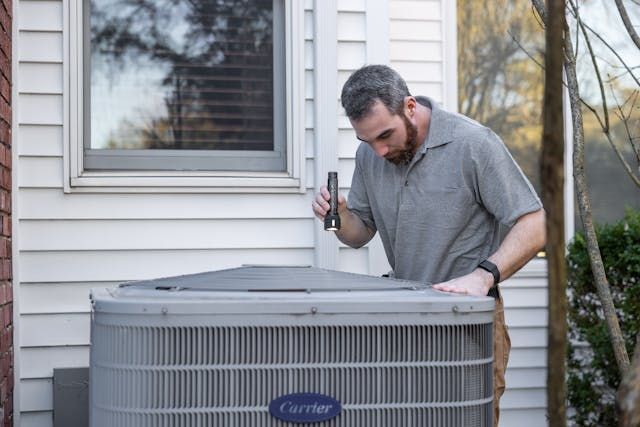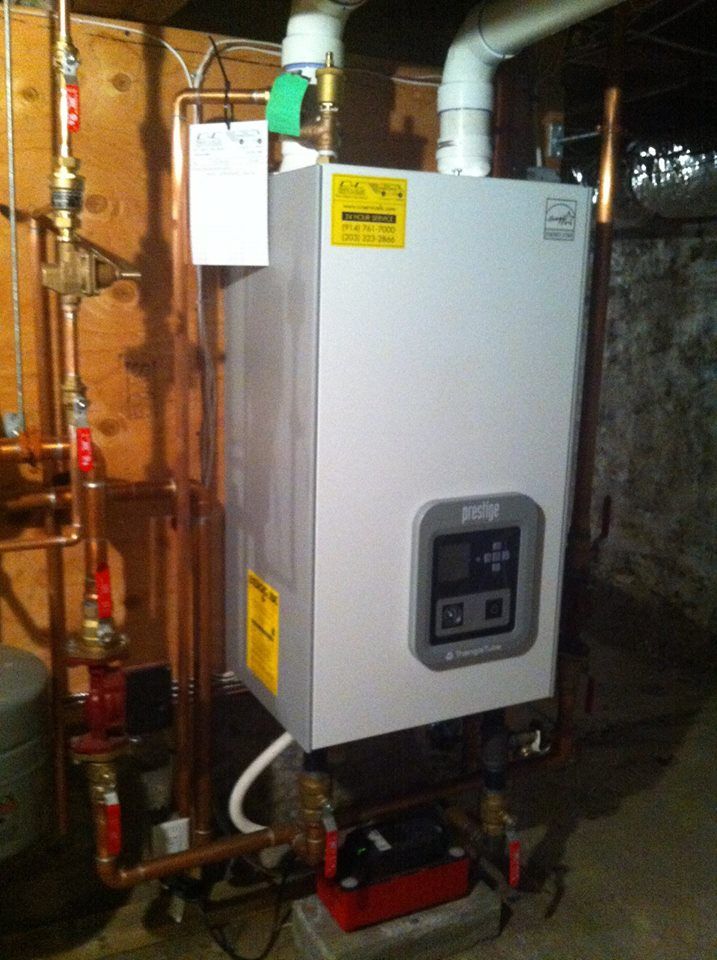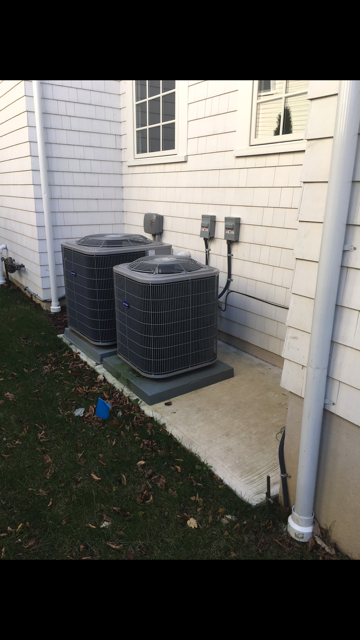What Is an HVAC System?
An HVAC system is responsible for heating, ventilation, and air conditioning. It uses a network of equipment, including a furnace and ductwork, to circulate air and regulate your home's temperature. C & C Service offers a variety of HVAC installation options, and we help maintain these systems to keep your home comfortable year-round. Here's more information about heating and cooling systems:
Understanding How HVAC Systems Work
The heating component of an HVAC system warms the air during colder months and can be a furnace or a heat pump. A furnace burns fuel, such as natural gas or oil, or it uses electricity to generate heat. This heat is then distributed around the home using ducts and vents.
Ventilation helps move air in and out of the house. It brings air into the system, circulates it throughout the space, and removes excess moisture. During warmer months, an air conditioning unit can remove heat and humidity from indoor spaces. This appliance uses a refrigeration cycle that absorbs warm air, cools it using a coil system, and redistributes it through the ducts.
A thermostat acts as the control center; it regulates when each part of the system turns on or off. You can use it to set heating and cooling schedules, adjust airflow, and keep your home at your preferred temperature. With all these components working together, an HVAC system maintains a balanced, comfortable indoor climate throughout the year.
Identifying Key Components
An HVAC system's components depend on the type of system you install in your home. Some options include a traditional split system, a heat pump, and a ductless mini-split system; these may include the following components:
- Furnace: Generates and blows heated air through the ductwork using a blower motor.
- Air Conditioner: Cools the air using a refrigerant that cycles between the indoor evaporator coil and an outdoor condenser unit.
- Heat Pump: Provides both heating and cooling by transferring heat between the inside and outside of the home.
- Evaporator Coil: Absorbs heat from the indoor air and is sometimes located inside the air handler or attached to the furnace.
- Condenser Unit: An outdoor component that uses a compressor and condenser coils to release heat that has been removed from inside the home.
- Air Handler: Circulates conditioned air throughout the home in systems without a furnace.
Ductwork, vents, and filters are other components included in HVAC systems. The ductwork is a network of insulated tubes that delivers heated or cooled air to different parts of the house. These ducts end at vents and registers, which are the visible openings in walls, floors, or ceilings where air enters the rooms. Some registers have adjustable slats that allow you to control the direction and flow of air; this lets you increase or decrease the amount of warm or cold air that enters a room, personalizing your comfort.
Filters help you maintain your indoor air quality; they can trap dust, pollen, pet dander, and other airborne particles before the air circulates through your home. Filters should be cleaned or replaced regularly to improve air quality. This also helps reduce strain on your HVAC system.
Exploring Upgrade Options
Some HVAC systems have various upgrade options, so ask a technician about adding an air cleaner, a smart thermostat, or extra humidity control. Air cleaners help improve indoor air quality by capturing and removing triggers that cause asthma and allergies. They can also reduce the presence of airborne viruses as they pass through the filtration system. Smart thermostats allow you to control your HVAC system remotely. You can view your home's current temperature and adjust the heating or cooling schedule when leaving for work or vacation, or before returning home; these features make it easier to manage comfort and save energy when you're away.
To maintain more balanced moisture levels in your home, you can install a whole-home humidifier or dehumidifier. Proper humidity levels protect your wood furniture and flooring against splintering or warping. They help enhance comfort, and they create an environment that doesn't support virus and mold growth. At C & C Service, our team can help you choose and install these upgrades to increase your home's comfort and efficiency.
Enhance Your Home's Temperature Control Today
Installing an HVAC system offers a range of benefits, including improved air quality and energy efficiency. Newer HVAC models can also operate more quietly than older units, reducing the loud hums or cycles of aging systems. Whether you're building a new home or upgrading an outdated system, our services are available. Contact C & C Service today to learn more about our residential heating and cooling products.

